Meal planning can be a difficult task but meal planning with food allergies is a whole other ball game! Read on for my top 10 tips to help you plan healthy, allergy-friendly meals.
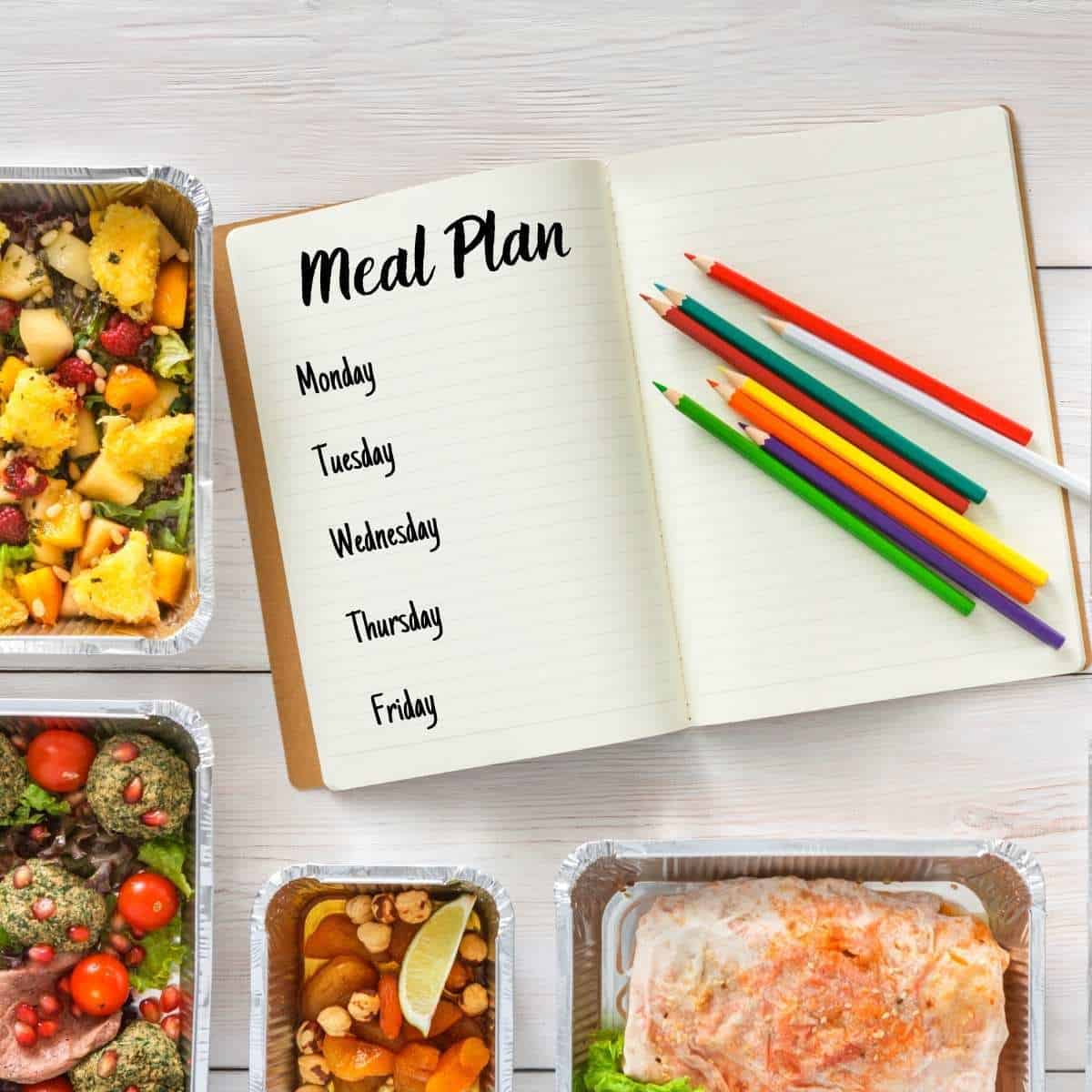
Jump to:
- 1. Get Motivated
- 2. Find allergy friendly recipes
- 3. Make a master recipe list
- 4. Create a weekly menu
- 5. Plan well-balanced meals
- 6. Consider the appearance of your meal
- 7. Prep Once, Cook Twice
- 8. Lower your grocery bill
- 9. Get ready to grocery shop
- 10. Be flexible with your meal plan
- Bonus Tip: Work new recipes into your rotation
- Want more meal planning tips?
- 💬 Comments
As a Registered Dietitian, I’m talking with people about their eating habits every day. Even though people have different goals when it comes to nutrition, there seems to be a common thread, something that everyone struggles with... meal planning!
These are my 10 best tips for getting into a meal planning routine that sticks.
1. Get Motivated
It’s difficult to get into any new habit without the motivation to do it.
Think about why meal planning is important to you.
- What would your day-to-day look like if you weren’t scrambling to put together meals at the last minute?
- Would you enjoy meals more?
- Would you eat a wider variety of foods and improve your nutrition?
- Are these things important to you?
If you’re looking for some motivation, here are a few reasons meal planning is so helpful.
- Having a plan helps to ensure that meals are balanced. When you have a restricted diet, you have to be intentional about replacing nutrients that you might be missing. Having a plan helps to ensure that you’re getting the nutrition you need.
- Having a plan can help you save money. How many times have you purchased produce that spoils in the refrigerator because you didn’t have a plan for it? When you have a plan, you buy what you need and use it up before it goes bad. Cha-ching!
- Having a plan saves you time and stress. Figuring out what to eat when it’s time to eat can be stressful! You stand in the kitchen and stare at ingredients wondering how to make them come together into some form of meal by the time you have to get on to the next activity or task at hand. When you have a plan, you’ve got the ingredients you need and need much less brain power to get that meal on the table! *Ahhhh*
2. Find allergy friendly recipes
Do you find yourself asking, “what can I eat with food allergies?” You’re not alone! Recipes are the number one thing that people want when they’re trying to follow any special diet.
When you are eating with food allergies or intolerances, you have to learn how to cook with different ingredients and sometimes different cooking methods. Finding good recipes that can take the guesswork out of that is so helpful.
Here are a few of my favorite recipe sources:
Allergy Free Recipes page
These recipes are free of common allergens such as dairy, eggs, wheat/gluten, soy, peanuts, tree nuts, fish, shellfish, and most are free of sesame.
Pinterest is a powerful search engine that is especially useful for finding recipes and saving them in an organized way. Check out my boards to see what I've been pinning!
Cookbooks
You’ll find a wide selection of allergy friendly cookbooks on Amazon - there are way too many to mention here!
Allergy friendly recipes are great because they take the guesswork out of cooking. But what about that favorite dish that your grandma used to make or that you enjoyed before food allergies?
Try using allergy friendly substitutes to create a safe version of your old favorite!
Now, not all recipes can be repurposed (I am still missing frittatas at my egg-free home) but many recipes can work without major allergens!
Here is an example of how I altered a favorite Chicken Tetrazzini recipe from the Better Homes and Gardens New Cookbook.
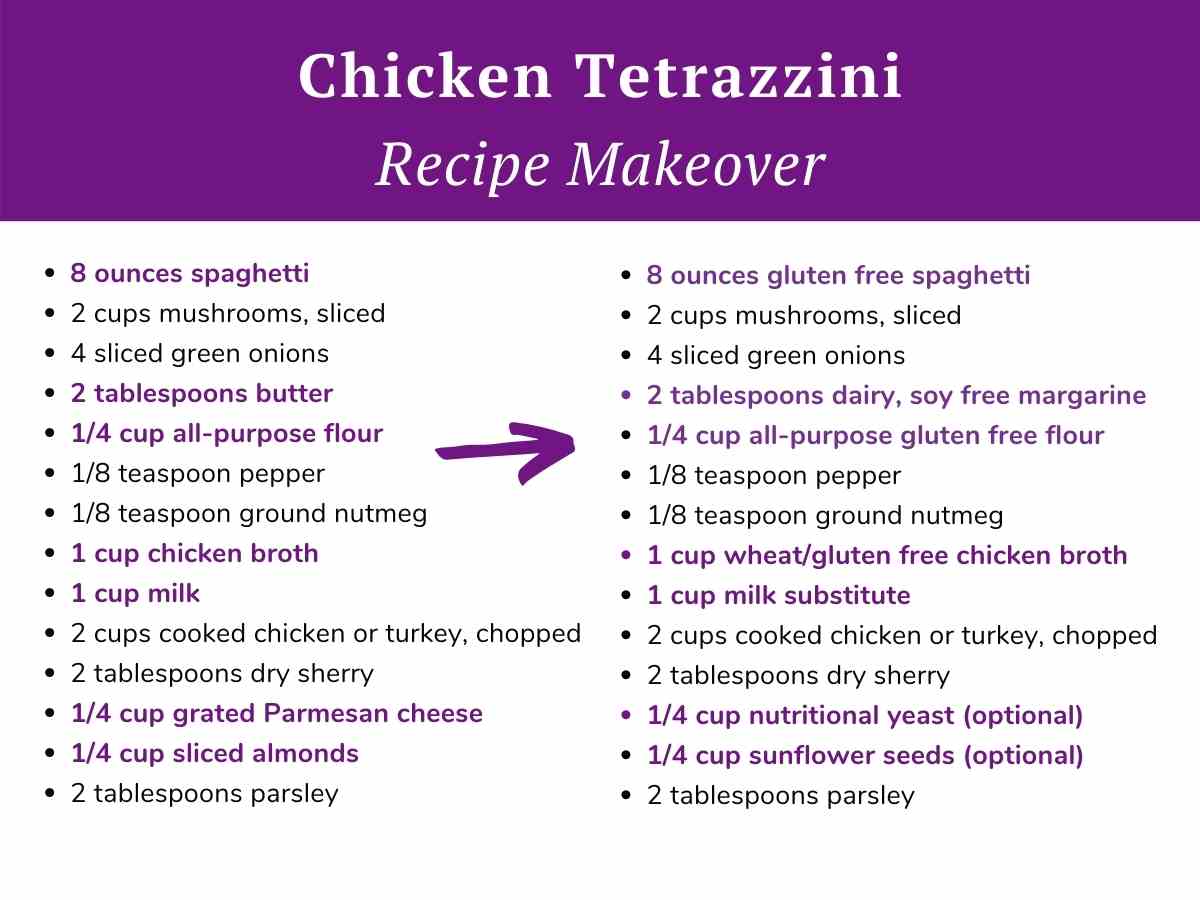
Get the recipe for allergy friendly chicken tetrazzini here.
3. Make a master recipe list
Now that you’ve explored some recipes, it’s time to put them all together in a master list. Get your family involved with this process so they can add their favorite meal ideas, too!
Creating the list can be as simple as writing meals down on a sheet of paper! If you prefer typing, you can create a spreadsheet that is organized by recipe type (beef, poultry, meatless, soups/stews, etc).
I made a spread in my bullet journal that I reference on a weekly basis. When I make a new meal, my family votes on if it’s a “keeper” or not. If it is, it gets added to the list!
Wherever you create your master allergy friendly recipe list, just be sure it’s easy to access and update as you make new recipes!
4. Create a weekly menu
Every Sunday, I sit down with my bullet journal and craft my weekly meal plan. Often, this happens after I have surveyed the family for meal ideas. Getting family members involved not only reduces how much brain power you have to put in but they have also bought into the plan. Allowing kids to share their input can reduce the rejection of a meal. Sometimes this can be a helpful strategy for picky eaters and can make them excited about their “chosen meal(s)” during the week.
I also think about the week’s schedule. If I know we have a night that there isn’t much turnaround time between getting home from work and getting out the door for an activity, it’s going to be a quick-to-prepare meal or something in the slow cooker.
Keep your weekly menus to use for inspiration when planning for future weeks. You might use the exact same plan once a month. The more you plan, the more ideas you have, the easier this whole process becomes
5. Plan well-balanced meals
The one tool that I use the most in my work as a dietitian is something called “the plate method”. Have you heard of it? You might know it as MyPlate which is the USDA’s version that took the place of the Food Pyramid back in 2011.
The plate method is a tool to help you plan balanced meals that include various food groups. Following this method helps you get all of the food group bases covered and, therefore, get all of the essential nutrients in your diet.
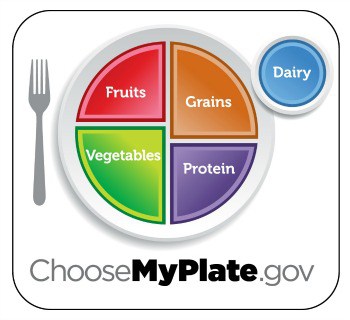
If you’re allergic to dairy, omit the dairy portion of the plate and substitute a milk substitute that is fortified with calcium and vitamin D.
Some main dishes can combine many or all of these components into one dish. For example, chili:
- Ground beef or turkey - protein and fat
- Beans - starch and protein
- Tomatoes, onions, garlic - vegetables
- Add some fruit and dairy substitutes to round out the plate
Not all meals are going to fit this perfectly and that is just fine. It is a guide and I love it because it’s flexible!
6. Consider the appearance of your meal
Picture a white plate with cooked cauliflower, a baked potato, and grilled chicken breast. Now picture stir-fried broccoli and carrots next to white rice and a grilled chicken. Which would be more appealing?
We eat with our eyes so when you're planning your meals, consider the colors of the main dish and side dishes and try to vary them. This not only makes a meal more appealing but also helps you to get a good balance of nutrients.
7. Prep Once, Cook Twice
When you're planning allergy free meals for the coming week, consider a couple of meals that are made with some of the same ingredients.
For instance, if you plan to have spaghetti with meat sauce on Monday and a casserole that calls for ground beef on Wednesday, you can brown 2 pounds of ground beef or turkey all at once and reserve half of it for your casserole on Wednesday.
This goes for chopping veggies, too. You can freeze these "pre-prepped" ingredients if you won't be using them right away, too.
You can also save some time by making double batches of a meal. I do this often with soups and stews.
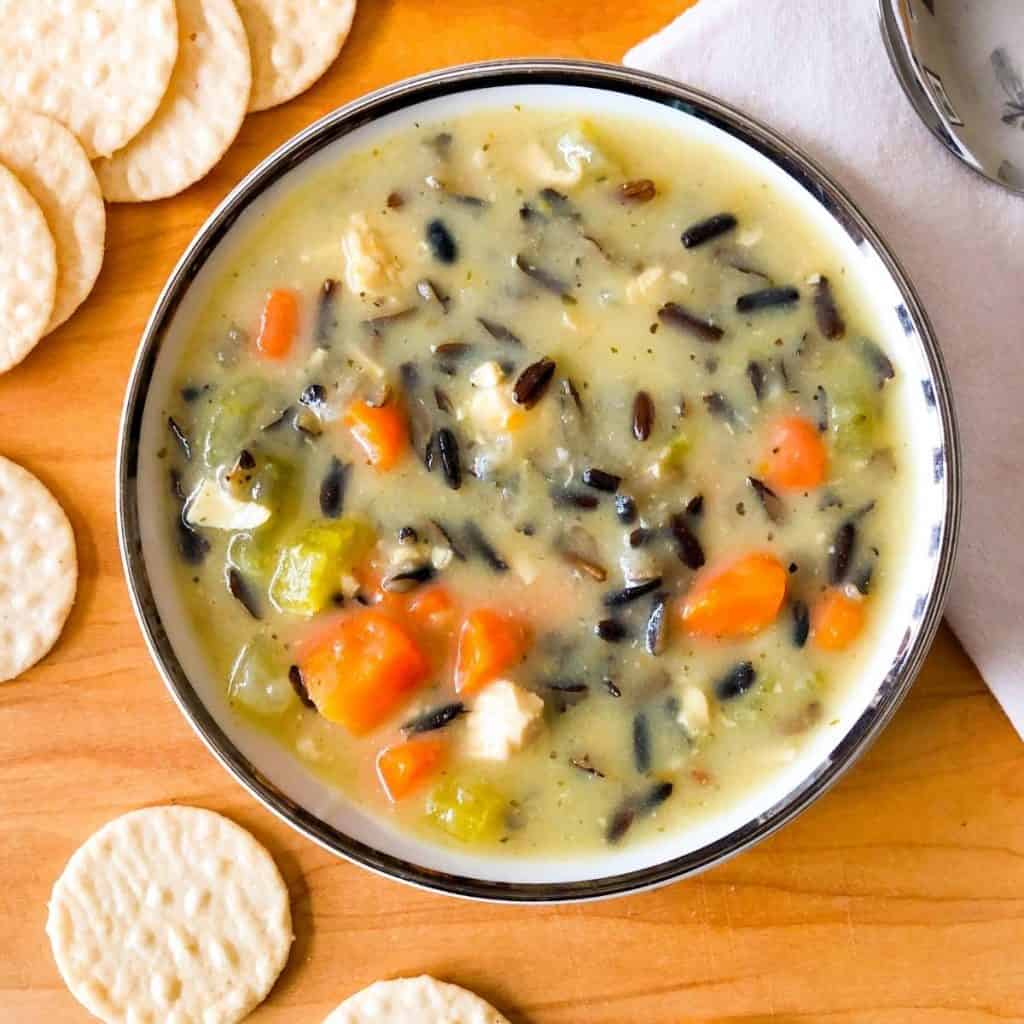
8. Lower your grocery bill
Before you plan your week of meals, take out the grocery store ad or your favorite shopping app and see what's on sale. This could serve as inspiration to help you come up with meals, too!
If you are a coupon clipper, take out your coupons when you're planning and see if you can use any of them for the meals you're planning on having. Food allergies can make eating more expensive so save money wherever you can!
9. Get ready to grocery shop
Now that you've planned your meals and gathered your coupons, it's time to make your grocery list. Try to list what you'll need in the order that you'd find it in the store.
For instance, write down all produce first, then meat, then specialty foods, then frozen foods, then canned foods, etc. This will just save you time when you're at the store.
When you're making your grocery list, go through the meals you've planned and write down everything that you don't already have to make those meals. Don't forget spices, oils, condiments, etc., and keep in mind the amounts or sizes of ingredients that you'll need, too.
For instance, if you're trying a new recipe and your list says "mushrooms" you might need to know what type of mushrooms or, if using canned, the size of can that you'll need.
Take shortcuts wherever you can. If you're making stir fry one night, look for pre-packaged stir fry veggies (if it comes with a sauce packet, be sure it is "safe" for you and your family). Use jars of minced garlic and other pre-chopped produce. Packaged herb blends and sauce mixes can add a lot of flavor to your meal and be a big-time saver.
10. Be flexible with your meal plan
Sometimes when I’m talking with people about meal planning, a barrier to getting started is having to commit to eating something days ahead of time. “What if I don’t feel like eating that?” is a common question I hear.
Your meal plan can be flexible! I often move my meals around during the week. Sometimes I don’t get home from work on time and don’t have time to make the dish I planned on. Other times my boys will ask “What’s for dinner?” and tell me “I’d rather have (that other dish).”
Don’t feel that you’re committed to sticking with the plan exactly. The key is that you have ideas for every day of the week (or maybe 4 days with some room for leftovers, etc).
Bonus Tip: Work new recipes into your rotation
Feeling in a rut? Go back to your recipe sources and pick out one or two recipes to try out. Make a goal to try a new recipe each month. Love it? Add it to your master list!
Want more help with meal planning? Not sure what to eat when you’re juggling food allergies, family preferences, and a busy schedule?
Want more meal planning tips?
Get more tips and recipes delivered right to your inbox! Sign up for my updates below.
More meal planning resources
- Chocolate Chip Cookies (Gluten Free, Dairy Free, Egg Free) - February 17, 2024
- Dairy Free Mashed Potatoes {Stovetop OR Instant Pot} - December 16, 2023
- Are Candy Canes Vegan? - December 10, 2023





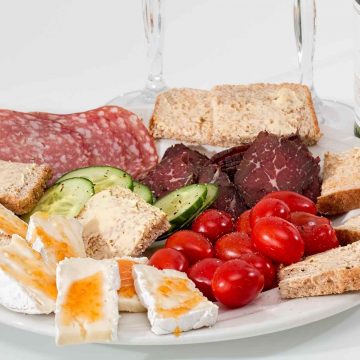


Comments
No Comments